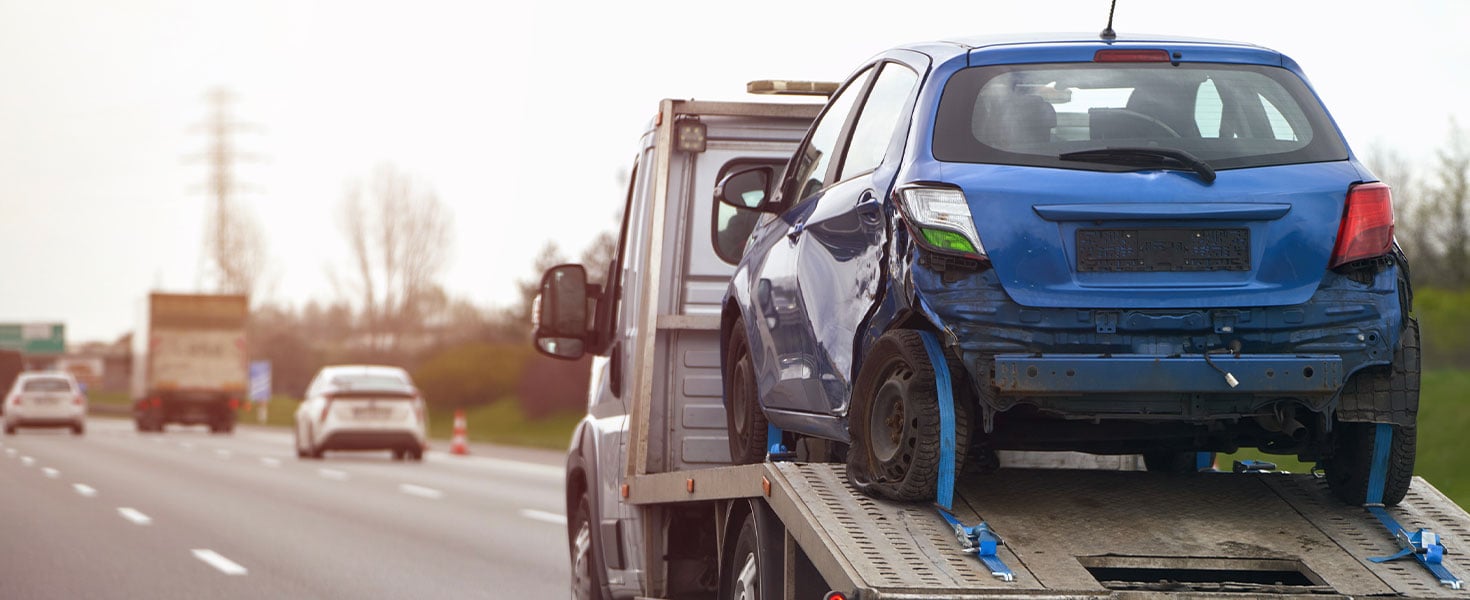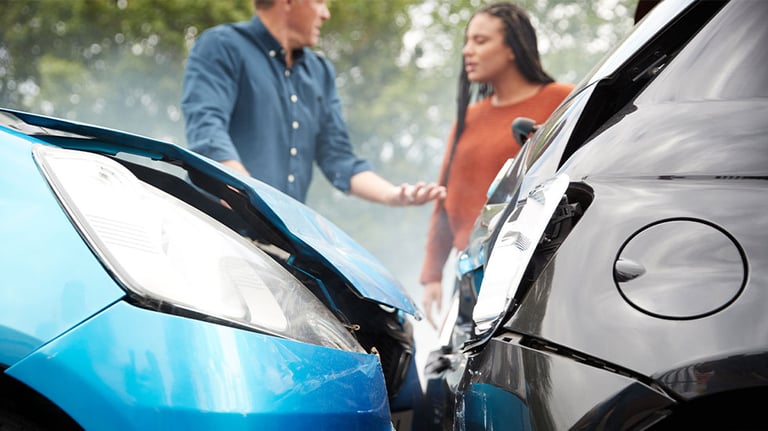

When you purchase or lease a new vehicle, it starts to depreciate in value the second it leaves the car lot. In fact, it’s estimated that some vehicles depreciate up to 20% immediately.
Gap insurance, also called “loan/lease gap coverage,” is optional car insurance coverage that helps pay off your auto loan if your car is totaled or stolen and you owe more than the car’s depreciated value. Not everyone needs gap insurance, but there are some cases when it can be beneficial.

How does gap insurance work?
Standard car insurance policies cover the depreciated value of a vehicle, so even if you’re in an accident, your standard policy will likely cover some or all of the damage.
However, if you finance the purchase of a new vehicle and only put down a small deposit, the amount of the loan may exceed the market value of the vehicle in the early years of the vehicle’s ownership.
If this happens and you’re in an accident and have badly damaged or totaled your vehicle, or if your vehicle is stolen, gap insurance can help cover the difference between what the vehicle is currently worth (which is what your standard insurance will pay) and the amount you actually owe.
For example, say you purchase a vehicle for $25,000. You still owe $20,000 on your loan when you total the car in a covered collision. The collision coverage will pay the lender up to the totaled car’s depreciated value—in this case, let’s say it’s worth $18,000. Without gap insurance, you would owe $2,000 out of pocket to settle the auto loan.
With gap insurance, the insurer would help pay that $2,000. The reimbursement would go directly to your auto lender to pay off the vehicle.

Do I need gap insurance?
While you’re typically required to have collision and comprehensive coverage on your auto insurance policy, gap insurance is usually optional but meant to be used in conjunction with other coverage.
You may want to consider getting gap insurance if you:
- Financed for more than 60 months.
- Purchased a vehicle that depreciates faster than the average.
- Made less than a 20% down payment.
- Rolled over negative equity from an old car loan into a new loan.
- Owe more than the vehicle is worth.
If you lease your vehicle, you’ll likely be required to carry gap coverage.

How to get gap insurance
Note that gap insurance coverage is only available if you’re the original loan- or leaseholder on a new vehicle. And, there may be other restrictions such as the vehicle must not be older than two or three model years.
Most auto dealers will offer to sell you gap insurance on your new vehicle, but this can be expensive. Instead, talk to your insurance agent about adding gap insurance to your auto insurance policy. Not only will it likely be cheaper, but you can also ensure you have all of the coverage you need for your vehicle.
